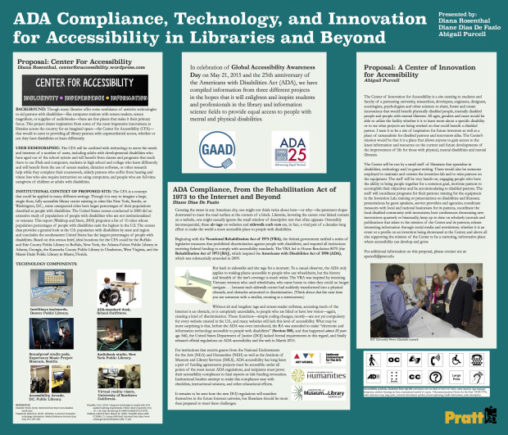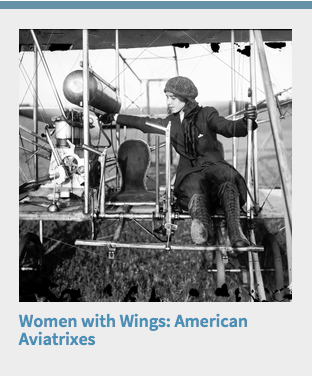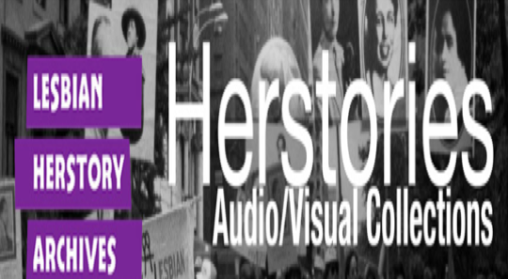Category: 2015Page 1 of 3
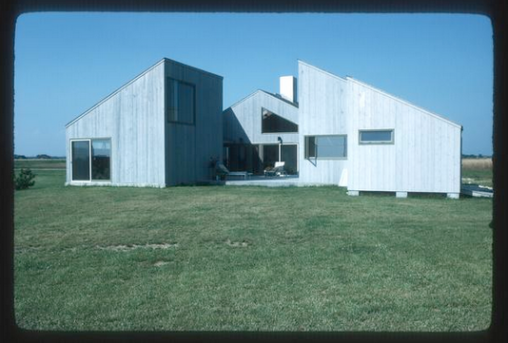
Students from Projects in Digital Archives will present their work on archiving and digitizing select portions of a photography collection spanning architecture and design from the 1970s. The photography was created by architectural photographer Bill Maris and donated to Pratt a few years ago, and features photography in several formats.
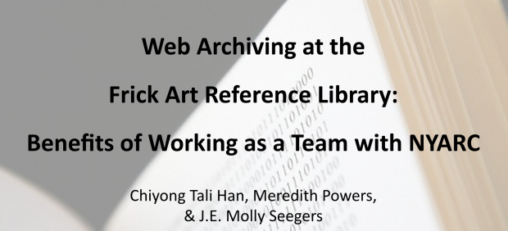
NYARC implemented a web archiving program to preserve born-digital art resources and develop a sustainable model for archiving dynamic, image-based web content. As IMLS grant-funded interns for web archiving, we spent two semesters at the Frick Art Reference Library working on various facets for capturing online art resources.
Details a multi-stage research and design project to help the Asia Society Museum better engage with its visitors. Components include new outreach and communication strategies, a re-designed entryway and check-in process, and a new interface for their touch-screen kiosk.
This paper covers how different folksonomy based systems can be integrated into the public library to move towards Library 2.0. These programs can help show how the library is involved in the community. I also discuss how folkonomy can help patrons discover new books through discovery.

This paper examines the hardware and software tools (write blockers, kryoflux drive, AccessData, FTK) used in law enforcement for forensic analysis and how these tools have been adopted by archivists for born-digital archiving. It explores how these tools were used when NYPL acquired Timothy Leary’s estate which included over 375 floppy disks. The paper also briefly touches on some of the current challenges of archiving google docs, twitter feeds and emails.
This is a paper that I wrote about library leadership that describes the definition of leadership, qualities of a leader, goals of a leader, and the difference between a leader and a manager.
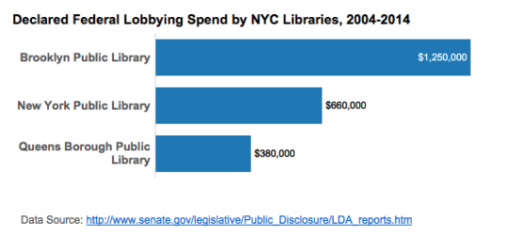
Recent scholarly work has advocated for the library to become a center for civic engagement, but has focused on providing unbiased information to the public rather than advocating for specific political viewpoints. This project argues that libraries must instead shift towards grassroots lobbying in order to effectively combat threatening legislation.
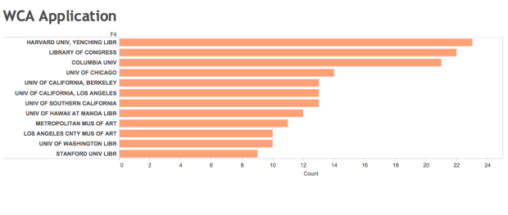
This project explores library collection assessment tools and methodologies to locate institutions with the most comprehensive coverage of Korean modern art books in the US.. The process evaluates two collection-based electronic data mining methods and experiments with OCLC’s WorldCat FirstSearch as an assessment tool.
Community groups and activists advocating for social and political change often create archives to preserve and define their own stories. This study is an overview of the unique challenges that non-traditional, independent archives face in the management of born-digital content, including a discussion of existing resources and collaborative solutions.
How do librarians weigh the risks and rewards of switching to any Open Source Software (OSS), particularly those systems that run major library functions? The goal of this project was to research and review how business models for OSS companies, programming language, sponsorship, and type of Open Source license affect the sustainability of OSS projects. This is helpful to librarians in assessing the risks of adapting any OSS by comparing the needs of libraries with the overall Open Source marketplace.
